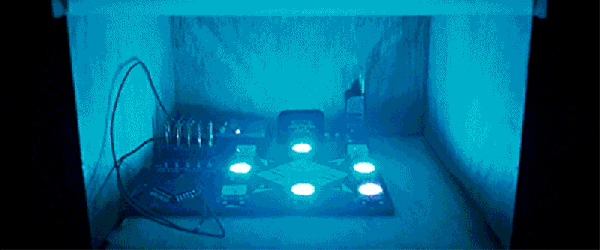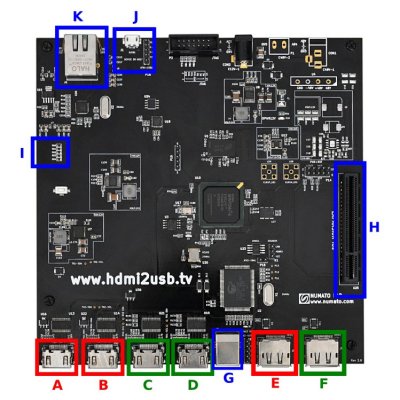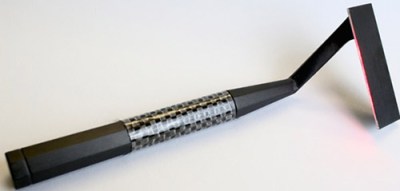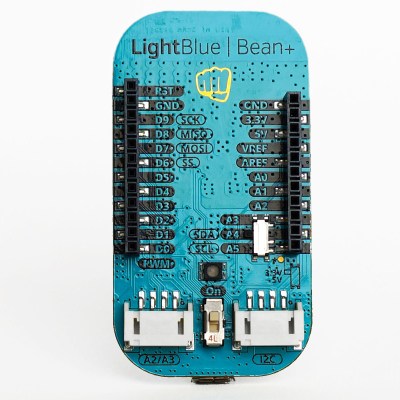For one reason or another, Twitter has become the modern zeitgeist, chronicling the latest fashions, news, gossip, and irrelevant content that sends us spiraling towards an inevitable existential ennui. This is a Twitter mood light. It tells you what everyone else on the planet is feeling. You, of course, feel nothing. Because of the ennui.
[Connor] decided it would be a good idea to audit the world’s collective mood using experimental social analytics. He’s doing that by watching millions of tweets a day and checking them against hundreds of keywords for several emotions. These emotions are graphed in real time, placed on a server, correlated and corroborated, and downloaded by a moodLight. Inside the moodLight, the emotions are translated into colors, and displayed with the help of a few RGB LEDs.
The moodLight is currently a Kickstarter campaign, with a $30 pledge getting you an assembled board with an ATMega328, an ESP8266, a few RGB LEDs, and a laser cut enclosure. After it’s assembled, the moodLight connects automagically to the analytics server for a real-time display of the emotional state of the Twitterverse. The display is updated every second, making the backend of this build just slightly more impressive than Kickstarter itself. It’s great work from [Connor], and an interesting experiment in analyzing the state of the Internet.




 That’s exactly the problem that the
That’s exactly the problem that the 


 For those unfamiliar, the original LightBlue Bean is a single board offering meant to marry Bluetooth connectivity (think Cellphones with BTLE) to the capabilities of a microcontroller-based hardware interface. The Bean+ augments this hardware with a 300m+ range increase, an integrated LiPo (600mAh or more), and headers/connectors where there were only solder pads before.
For those unfamiliar, the original LightBlue Bean is a single board offering meant to marry Bluetooth connectivity (think Cellphones with BTLE) to the capabilities of a microcontroller-based hardware interface. The Bean+ augments this hardware with a 300m+ range increase, an integrated LiPo (600mAh or more), and headers/connectors where there were only solder pads before.










